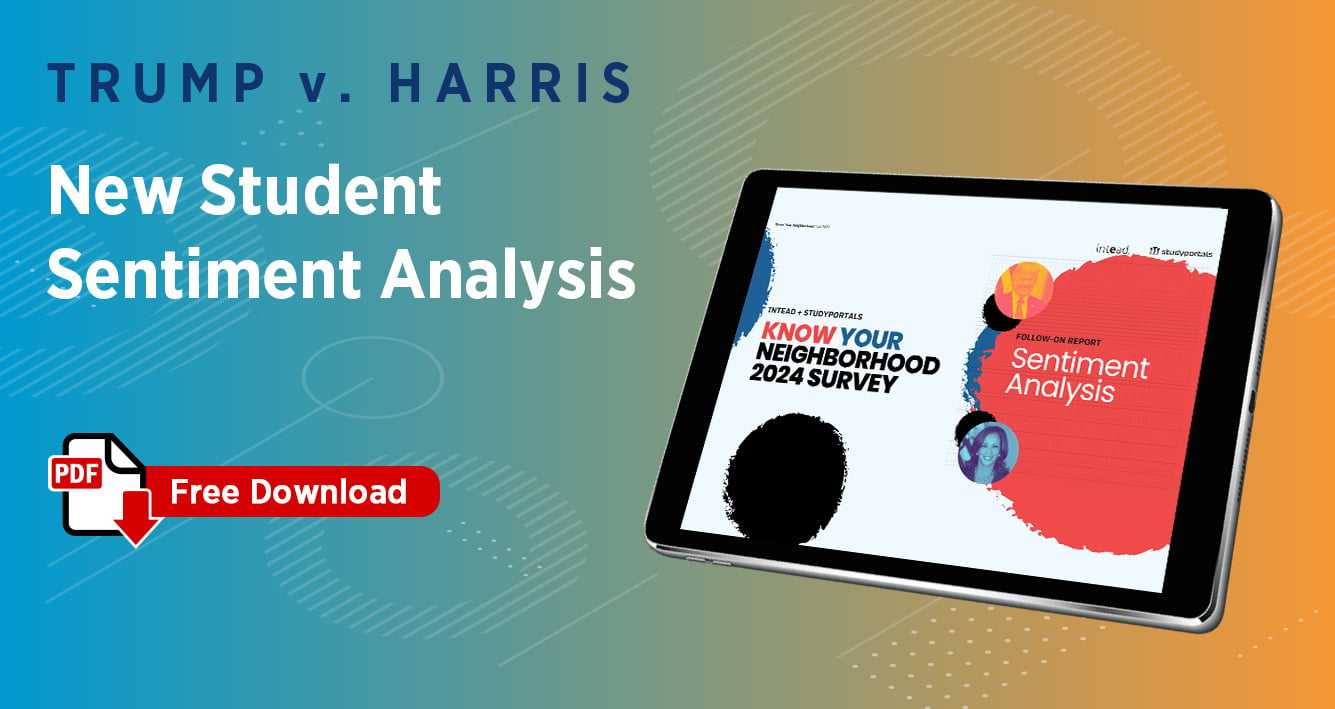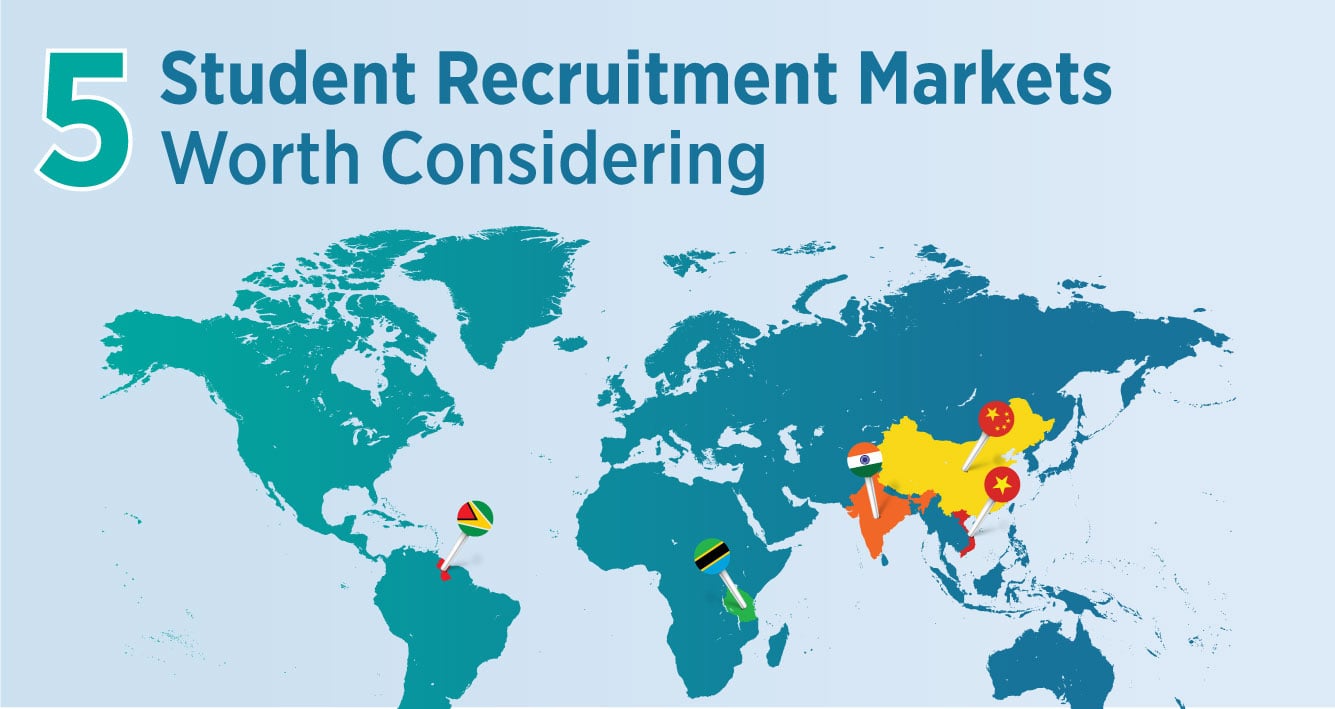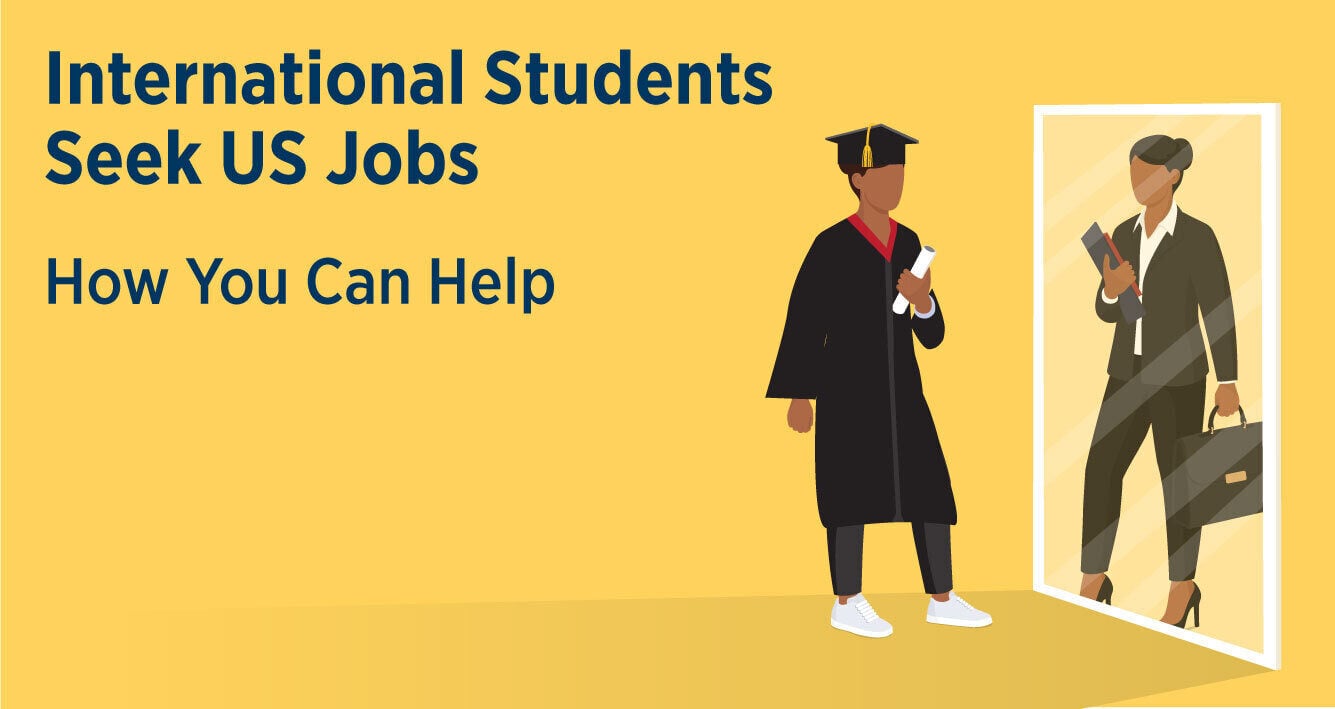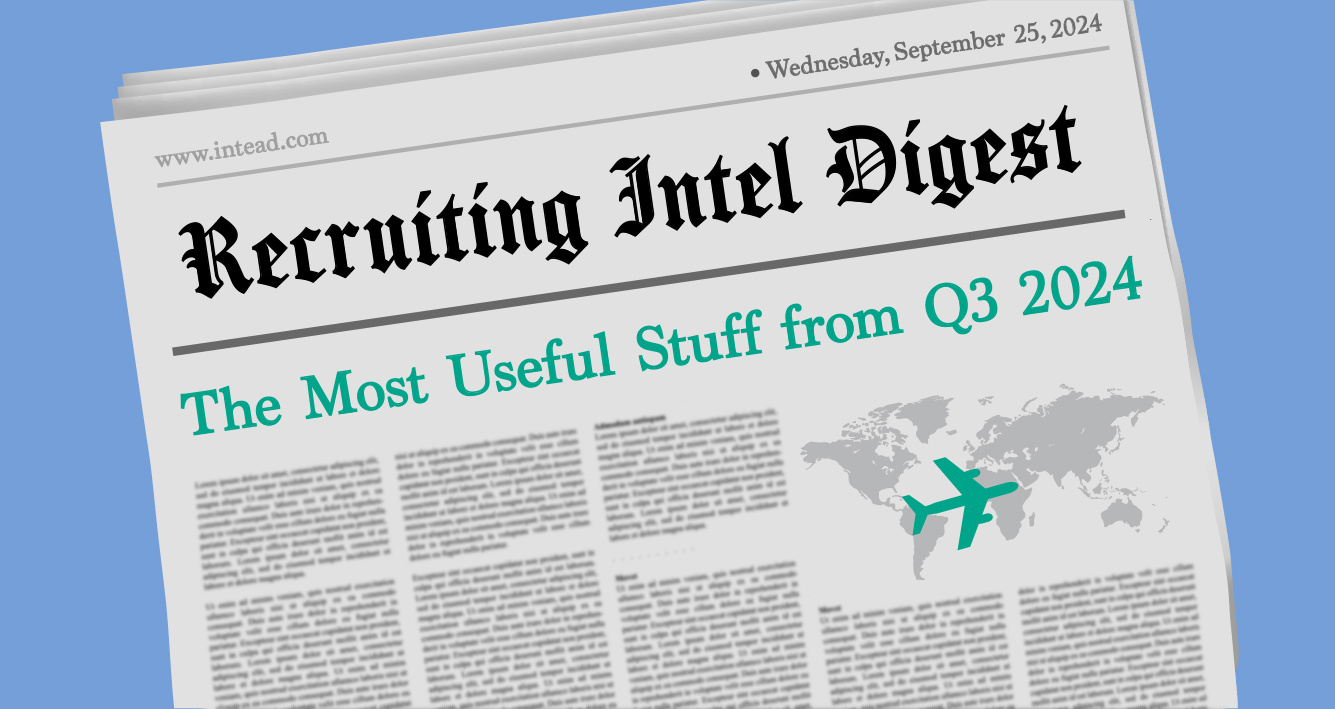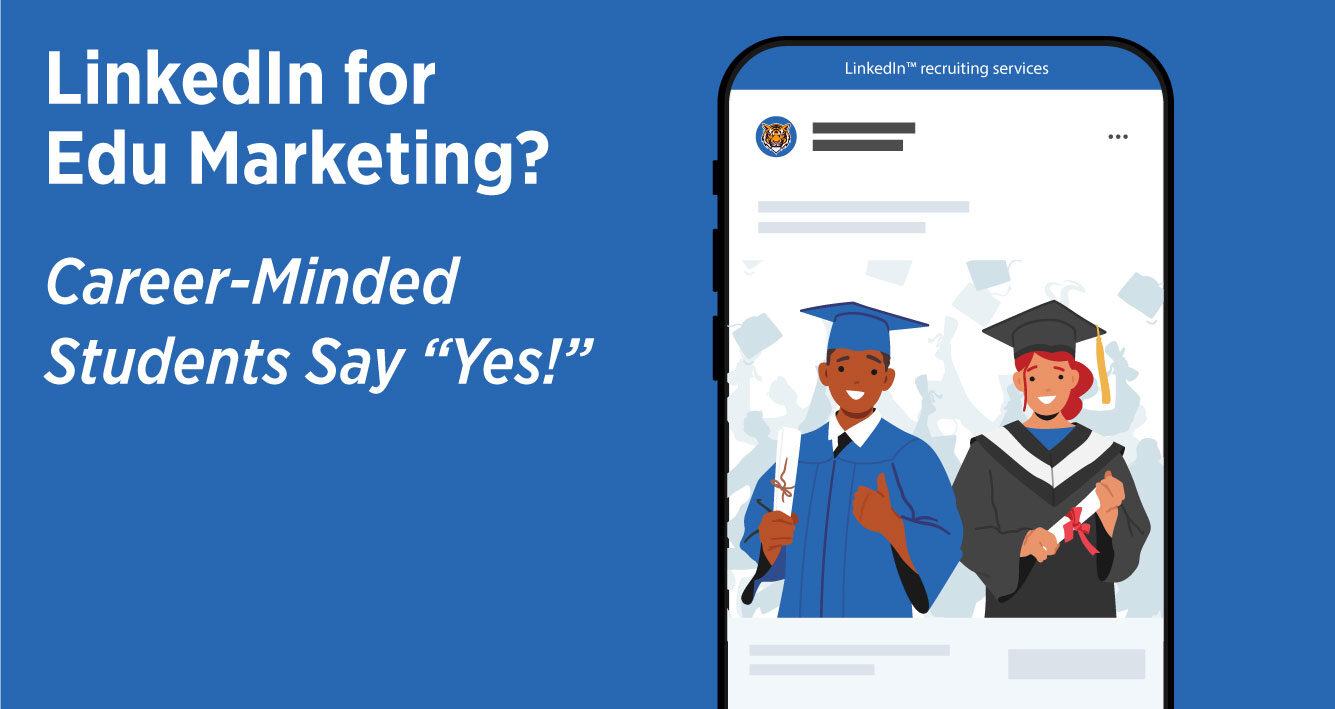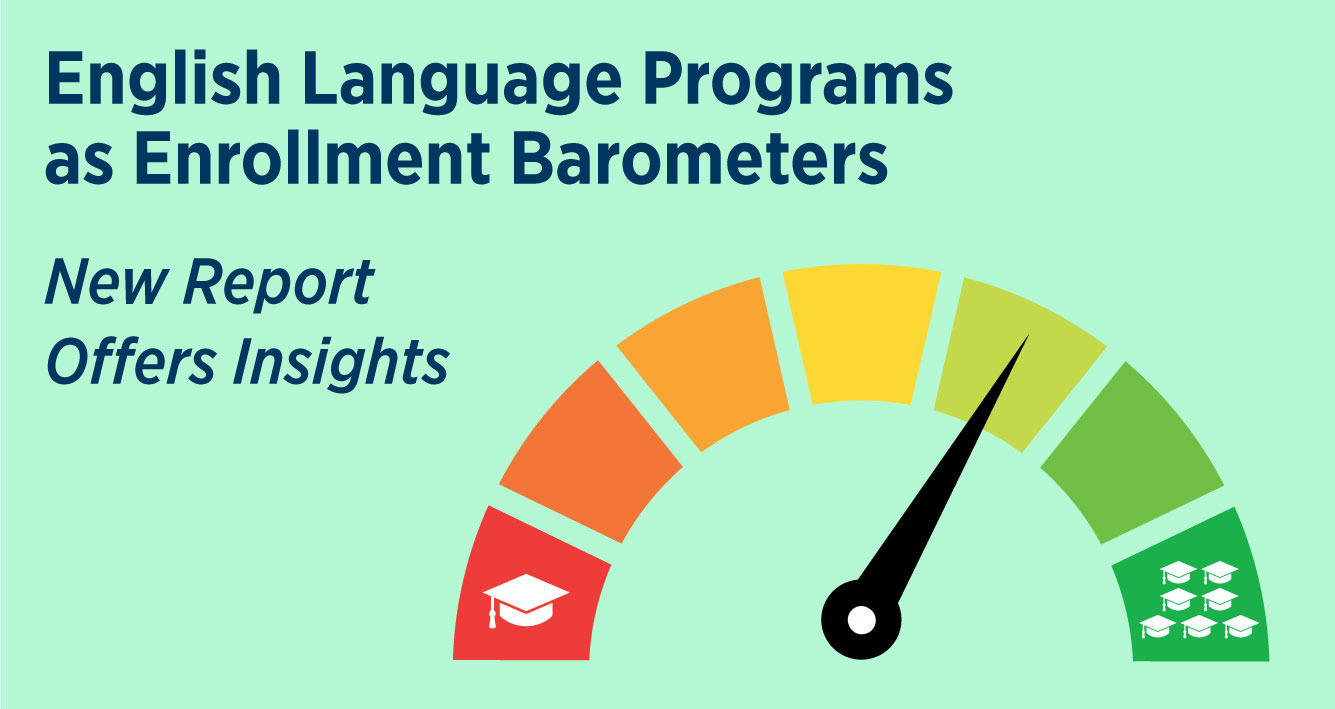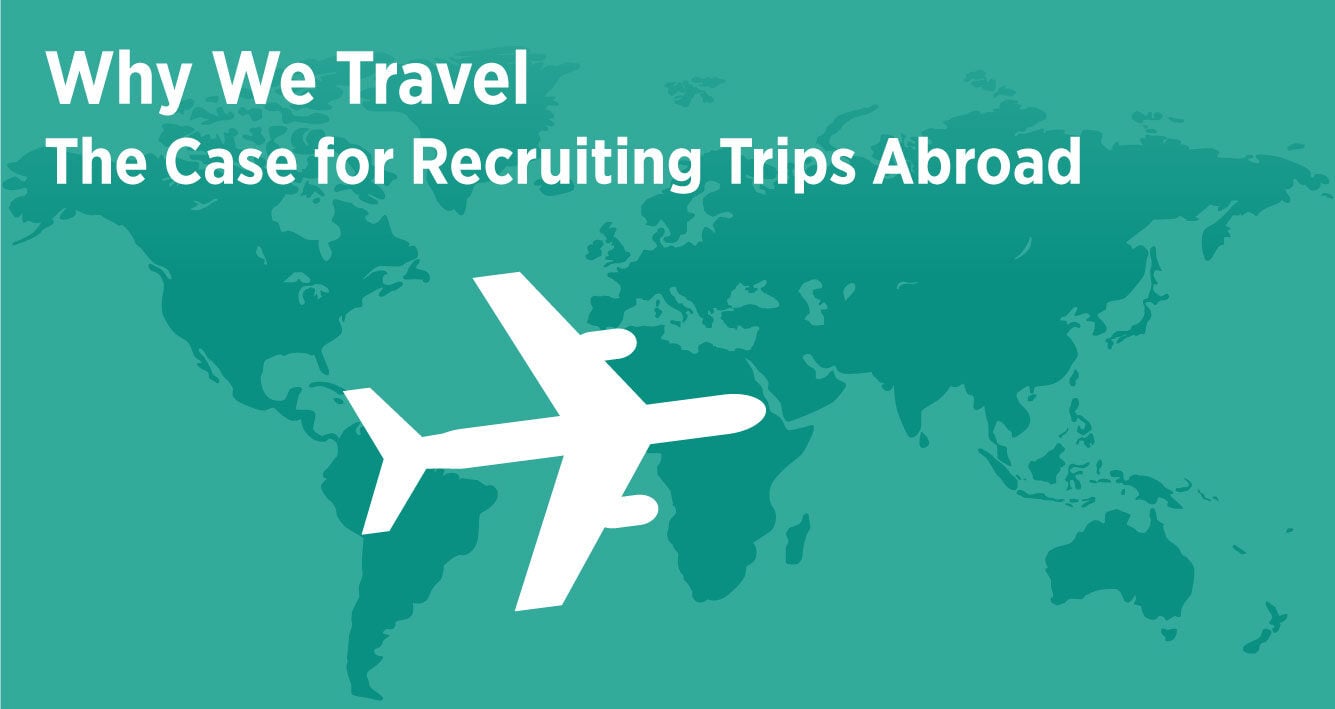Increased demand for online learning is forcing institutions to rethink their approach to programming.
You likely read that line in a news article a decade ago. But it is news once again.
Consider this: 69% of chief online learning officers (COLOs) surveyed this year reported prioritizing online versions of on-campus courses, and 65% said they are prioritizing online equivalents of degree programs.
These significant stats unveiled in the Changing Landscape of Online Education (CHLOE) report, CHLOE 9: Strategy Shift: Institutions Respond to Sustained Online Demand, produced by Quality Matters, Eduventures, and Educause, reveal just how far our industry has come.
For the past decade, a common hesitation among campus leaders resisting change was the legit and long-held idea that online courses of on-campus offerings risk cannibalizing campus student enrollments. That concern has given way to the notion that these virtual programs may instead attract new audiences. Have we achieved win, win?
And what of the potential for Online Program Managers (OPMs) in all of this?
Opportunities to Meet the Intead Team
- NAFSA Region XI, Hartford, Connecticut, Oct. 27-29, 2024
- PIE Live North America, Boston, MA, Nov. 19-20, 2024
- AIRC, Seattle-Bellevue, Washington, Dec. 4-7 -- including our pre-conference global marketing workshop. A full day of Intead global intel (lunch included ; -). Details here.
Bookmark this: Intead’s Resource Center
Access 800+ articles, slides decks, reports with relevant content on any topic important to enrollment management and student recruiting. Check it out.
It’s obvious that the pandemic dramatically accelerated online edu investment. Now, a few semesters past its throes, demand for online learning remains high, particularly from students – though more faculty appreciate it, too. And obviously, institution leaders are paying attention. Thankfully the mood is also shifting from emergency response to long-term sustainability, hastening more meaningful cross-campus discussions on implementation, support, and strategy.
The CHLOE 9 report adds depth to the conversations we’re all having about online education: investment priorities, pricing approaches, points of friction, third-party services (oh, those OPMS!), and a handful of other key topics worth consideration. Not least among them: Are the participants (faculty and students) simply phoning it in? In other words, does the convenience of remote learning still achieve the desired learning outcomes?
And for you, what impact does this report have on your recruitment strategy? Read on…
Read More

